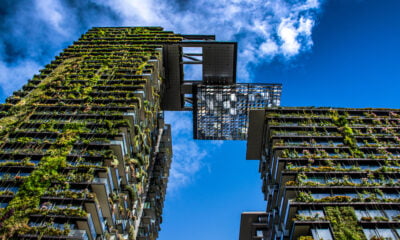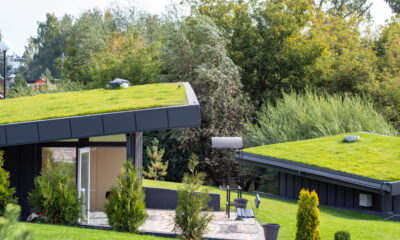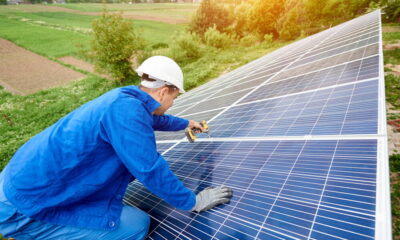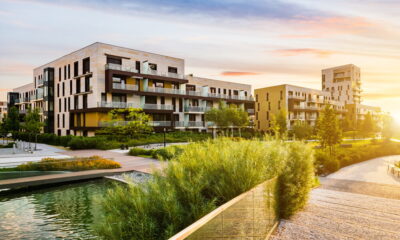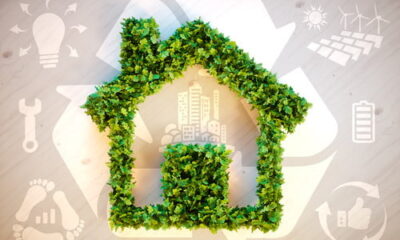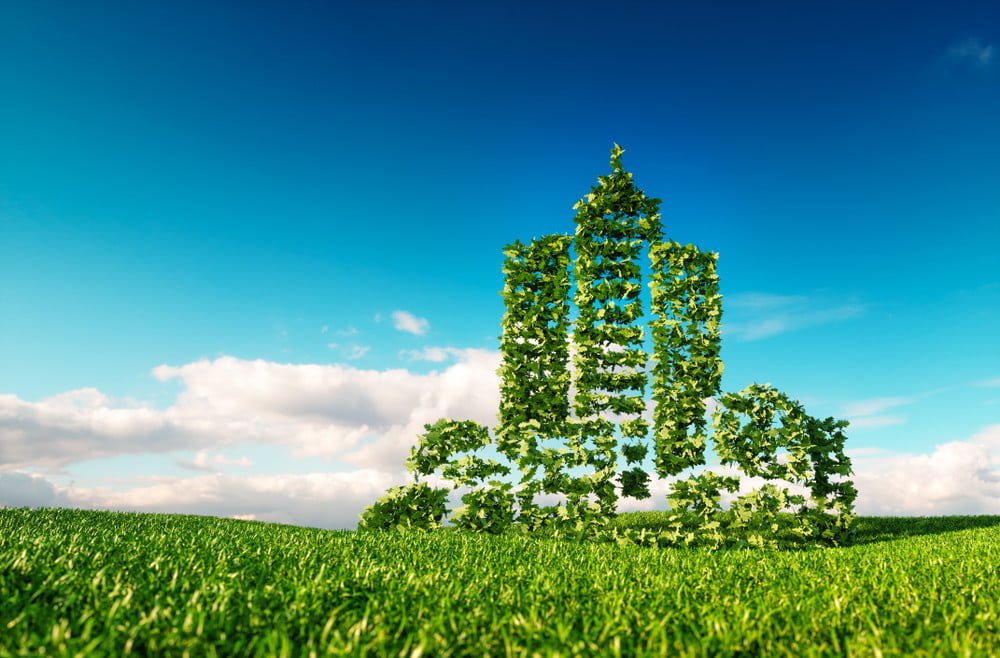
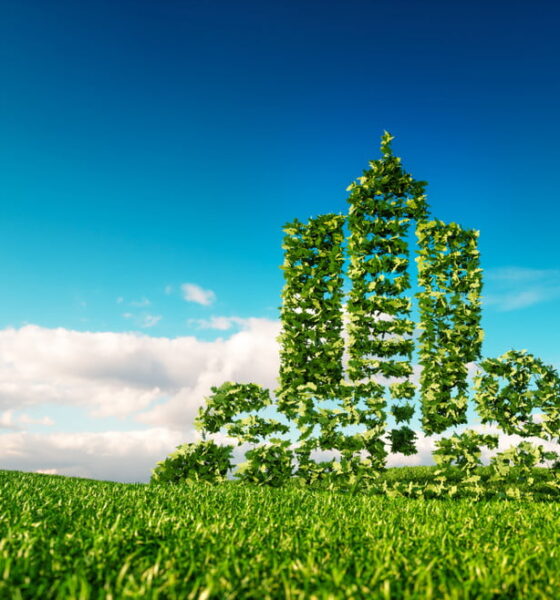
Environment
An Important Look To The Future of Green Construction
It has been said that about a third of global energy consumption is in buildings – from the raw materials needed in their construction to their upkeep. In the past couple of decades, there’s been an increasing call for sustainable and environmentally-friendly policies in construction. Also, more and more consumers are prioritizing their environmental concerns. Subsequently, businesses are responding. More and more construction firms around the world have joined the green movement.
But what does this really mean for the future? Is green construction actually sustainable?
For decades, the construction industry has earned a reputation for being slow to adapt to change. Fortunately, this notion is wearing away, as firms are now making conscious efforts to meet their client’s needs and appeal to consumers and potential real estate investors – which often mean green construction.
Green construction is far from fad. As a matter of fact, it is where the industry is heading right now and it’s likely to overtake the old unsustainable construction practices the world has become accustomed to.
A Growing Call to Go Green
Green construction was developed mainly as a response to the environmentally damaging effects of old construction practices. Before the turn of the new century, people paid little attention to green construction. They see it as an unnecessary expenditure with small demand, miniscule benefits to the environment, and could certainly hurt their bottom line.
In the past few years, however, this completely changed, as more and more people prefer green businesses. The industry came up with new and exciting innovations and technology in design and building practices, making constructions more efficient and environmentally friendly. Also, consumers want to be part of the green movement, which is why there’s also a growing demand for green and sustainable infrastructures. People prefer places and spaces with clean air and with little to no carbon emissions as much as possible. The ability to save considerably in the long run is an enticing factor.
An article from Center for Climate Change and Energy Solutions (C2ES) published in July 2018, shows how the rising population resulted in 1.4 million homes per year in the US.
New homeowners don’t want old houses, as they want to stay away from asbestos-filled insulation, galvanized piping, expensive maintenance cost, and outdated and inefficient energy systems. Rather, they seek sustainable solutions that don’t just provide modern comfortable living but also give back and help the environment.
It’s no secret that buildings contribute to climate change through greenhouse gas emissions. But with 1.4 million homes built each year, construction firms have all the opportunities to play their part in saving the planet by embracing greener practices.
Building Energy Efficiency Standards in the US
In the US, the call for green construction is more persistent than ever before. Not only is this a topic of discussion, but state officials and leaders have taken measurable steps to ensure that green practices are being put into place.
A good example of this is the Title 24 report in California. What exactly is this report? Essentially, it is a residential building title report that was established in 1978 by the California Building Commission. It is part of the organization’s efforts to reduce energy consumption in the state, particularly in residential and non-residential buildings.
It is part of the California Building Standards Code that is broken down into 12 parts. It encompasses residential and non-residential buildings, even schools. It specifies guidelines to be followed for new constructions to ensure that energy efficiency and preservation is the main guiding principle for the build.
Due to this effort, California has topped the US in terms of energy codes. There was a time when only state-owned buildings were expected to comply with the Title 24 regulations but it was expanded to cover all buildings in the state. It is now a must for new constructions and remodeling projects.
Green and Sustainable Construction Techniques
There are no limits in green construction. Contractors have vast options in making sustainable infrastructures.
Green roofs
One technique that’s been getting a lot of attention is the green roof, or better known as vegetation-based roofing. Large infrastructures with green roofs can be found all around countries like Germany, Singapore, and UK.
Green spaces make people feel calm. Plants in particular, bring the feeling of vitality and improved peace of mind. They can lift up anyone’s spirit and bring happiness. Thus, plants and flowers in raised structures can absolutely improve a building’s curb appeal. Subsequently, green roofs provide a natural insulation cooling effect, making buildings feel cool.
Cool roofs
Another roofing technique that’s changing the construction industry is the cool roofs. This technique is less about the material, but more about the design. Cool roofs are angled roofs. The idea is to reflect the light from the sun instead of absorbing it. This results in significant reduction of heat and allows cool or warm air to pass through the roof.
Green insulation
Fiberglass (the traditional material used for insulation) is a melted down glass. The process requires tremendous energy. Modern-day insulation on the other hand, uses environmentally-friendly options such as cotton insulation. Made from denim or recycled jeans scraps, this type of green insulation has become fairly common.
Another good type of green insulation is what they call the cellulose insulation. Instead of being placed between the walls, they’re sprayed on. Made up of recycled newspapers, this offers a quick and convenient solution.
Self-powered buildings
These buildings produce and use power from their own power-generating renewable energy systems. This can be solar, wind, or thermal. Large self-powered buildings with this kind of system are able to save a significant amount of money in their power consumption.
Singapore’s Gardens by The Bay, Marina Barrage, and Zero Energy Building are great examples of this. The Super Trees from Gardens by The Bay for example, are equipped with photovoltaic cells that capture solar energy. Also, the Zero Energy Building produces enough power to sustain the whole building.
Green building has been gaining momentum in the past few years. The benefits are just undeniable, from financial to environmental, especially in the long-term. The demand for green and sustainable living is increasing, and so is the interest in green construction. It’s definitely where the future is heading.


 Environment10 months ago
Environment10 months agoAre Polymer Banknotes: an Eco-Friendly Trend or a Groundswell?

 Environment11 months ago
Environment11 months agoEco-Friendly Home Improvements: Top 7 Upgrades for 2025

 Features9 months ago
Features9 months agoEco-Friendly Cryptocurrencies: Sustainable Investment Choices

 Features10 months ago
Features10 months agoEco-Friendly Crypto Traders Must Find the Right Exchange
